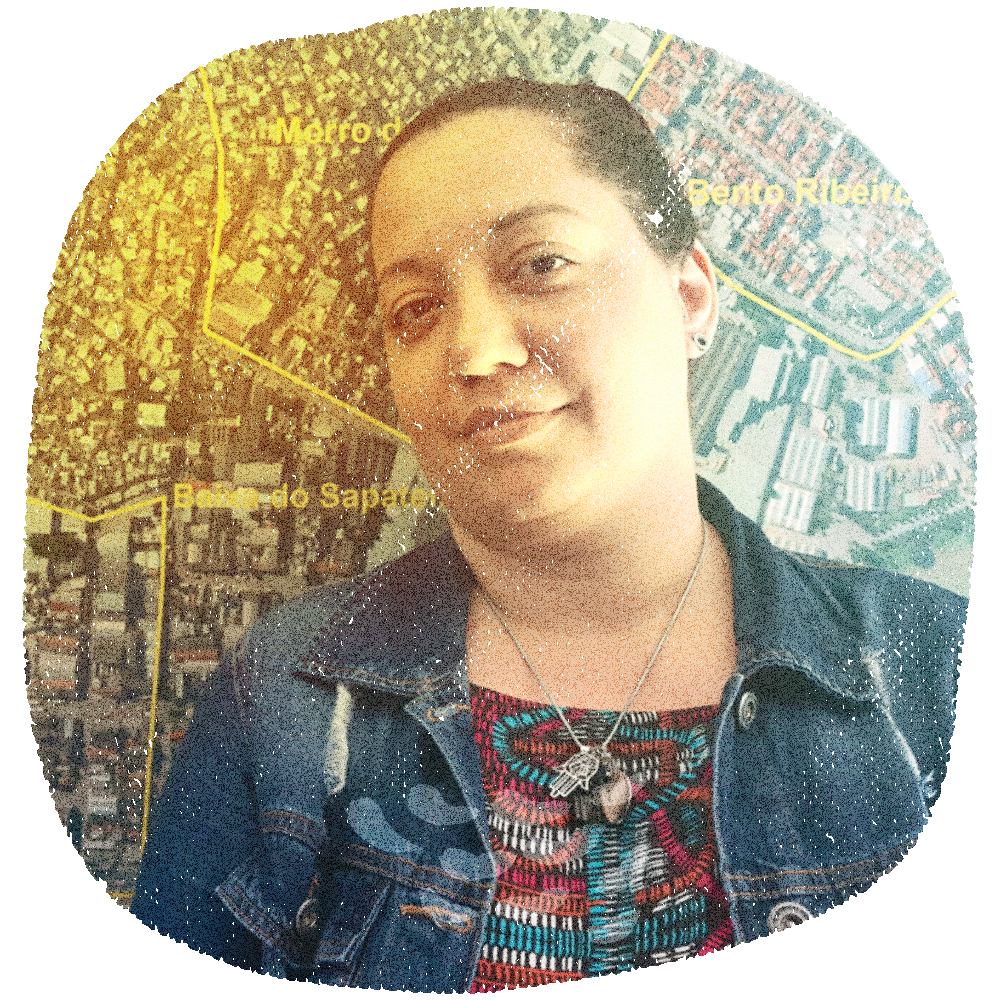
Folia de Reis: Festival of Kings
On the eve of the inauguration of the Museu da Maré, a stilt-house of memories was built in my heart and mind from a collective dream. During those days, many memories, many stories – some unknown and others lived – came together during a celebration in a women’s circle. It was an encounter resulting from many hands that walk upon the same floor. And on this floor, we find many treasures that – in the same way – are not lost but simply unseen. In these lands of great royalty, we find wisdom, purity and faith like those brought by the Magician Kings of the East.
It was on the floor of this stilt-house of memories, sitting on a patchwork rug, that I found the Festival of Kings of Maré… in a picture blurred by time but not forgotten by those who celebrated that holiday… Then, startling questions arose about what led to its end; and the answers were always the same: the indifference, the religious prejudice of the Protestant churches, and the violence between armed groups and the police. The festival was seen as profane, as something of the devil! So this desynchrony led to the end of the Festival of Maré.
The treasure was kept by elders, by time and in the museum, as a record of the favela’s ancestry. Already, the profane and the divine had awoken for me, in a prayer and with a blessing. It also made a smile bloom under the scorching sun and brought to my feet the breath of a desire for more, like the wind that brings freshness and renews the air with hope.
The festival never returned to Maré, many of its stories were left untold because older residents left; however, the colors left in that single register were enough to amplify my vision.
On January 6th, 2021 the Brilliant Star of Bethlehem revived the desire for and memories of the festival for many residents of Maré. This is proof that the festival is not penance, but rather the present moment, the resistance and also the culture of the favela.
Translation by Alejandra Yacovadonato.
Rolê-Holi Project Description
Rolê-Holi [ten artifacts] Reflections from ten curator Suélen Brito from her experience working on Rolê Holi – a project of (re)connection in the search to break the artistic barriers imposed by the Brazilian colonialist system and to research the cultural expressions...
Bate-bolas: Thunder Messengers
Rolê-Holi [ten artifacts] Reflections from ten curator Suélen Brito from her experience working on Rolê Holi – a project of (re)connection in the search to break the artistic barriers imposed by the Brazilian colonialist system and to research the cultural expressions...






